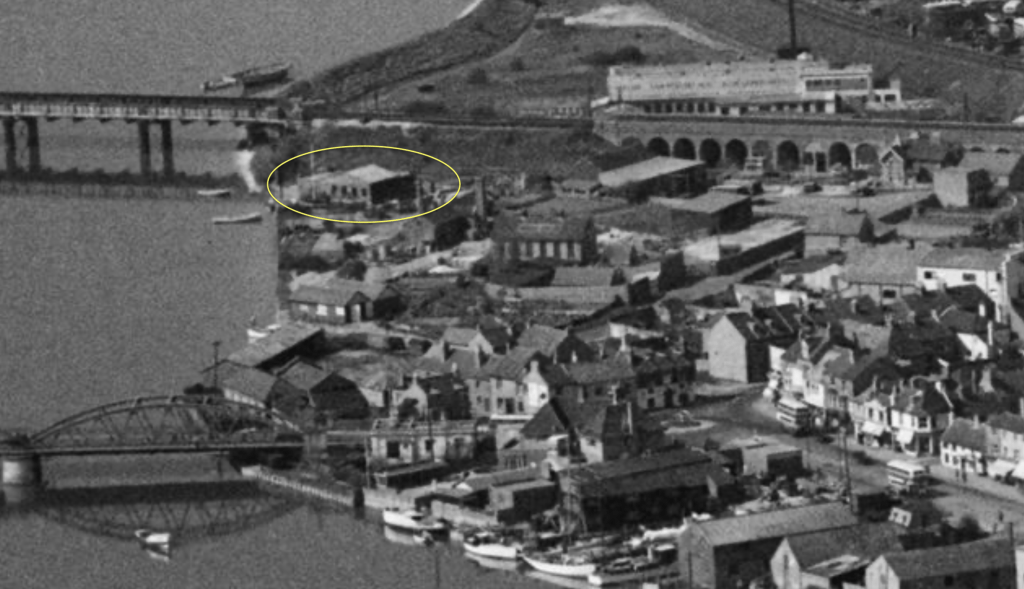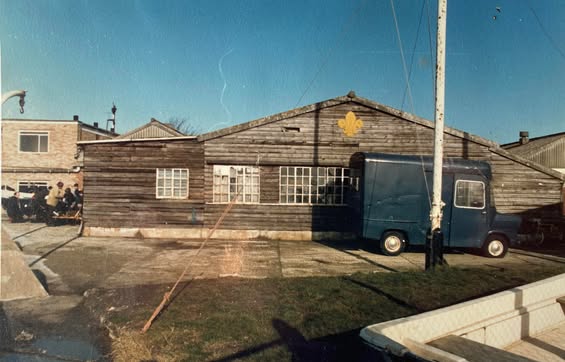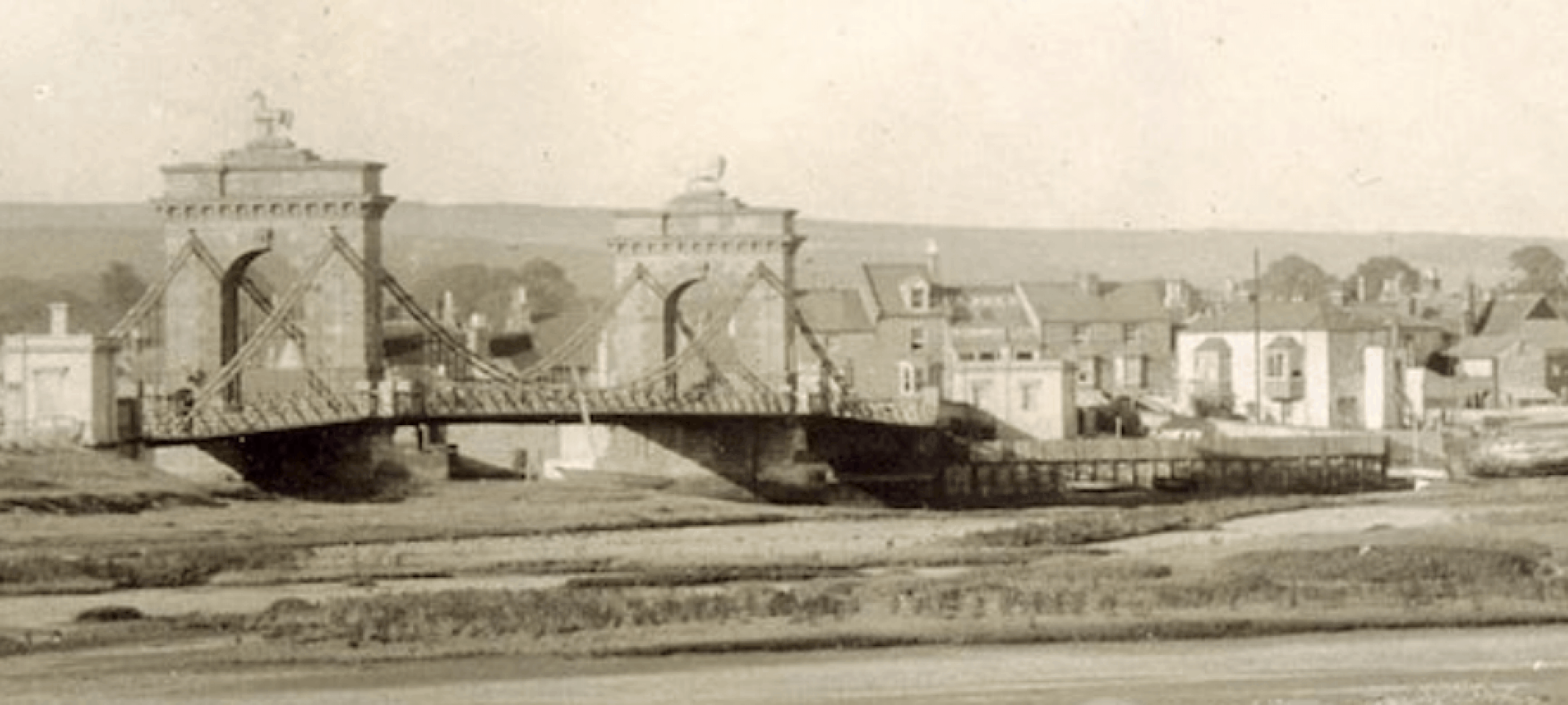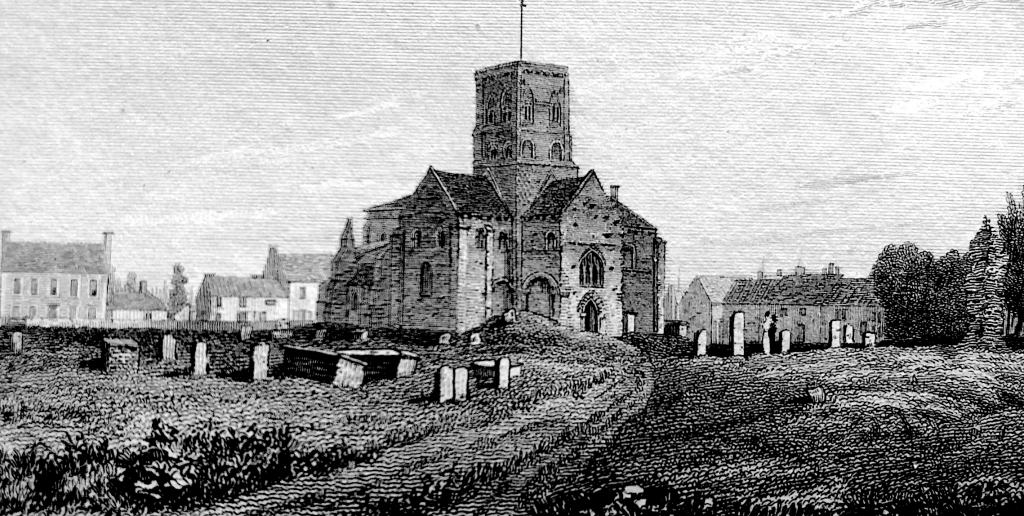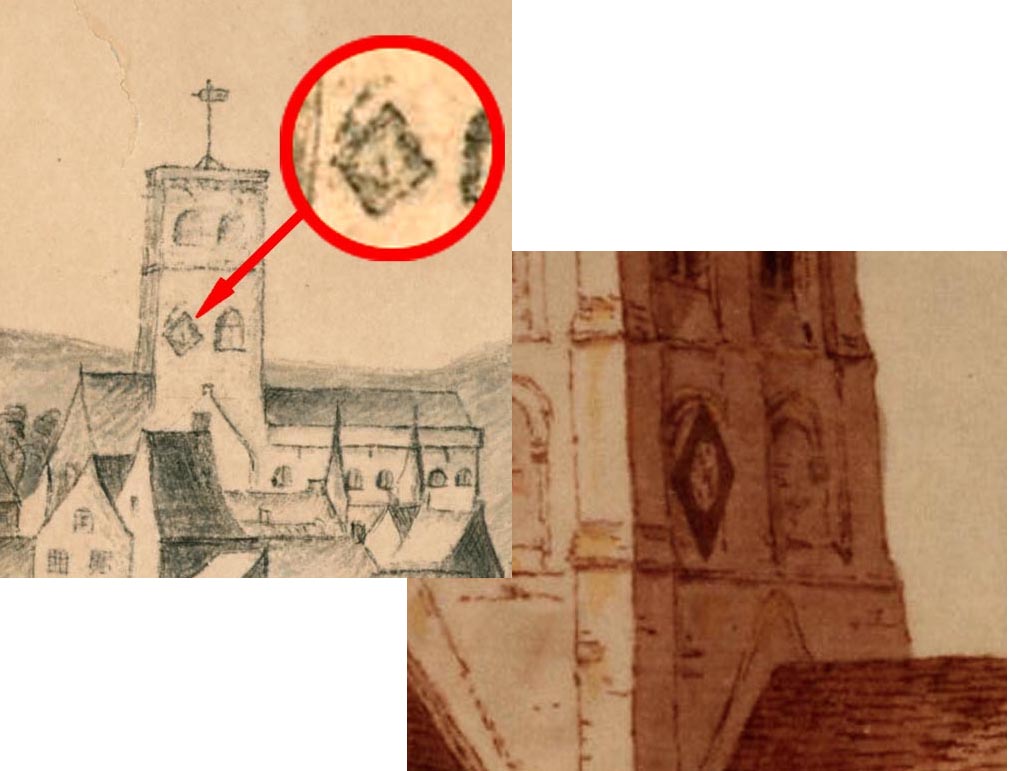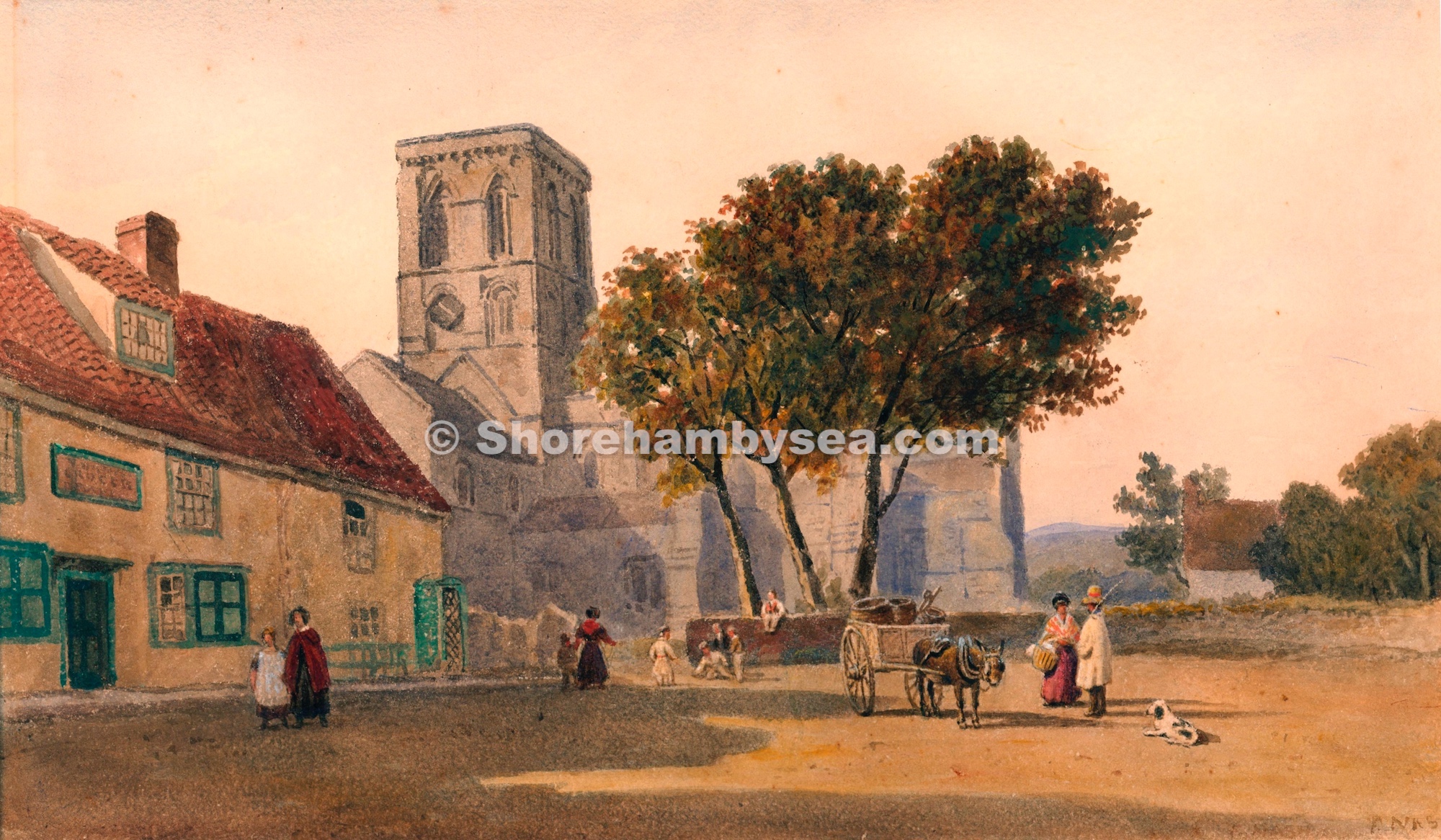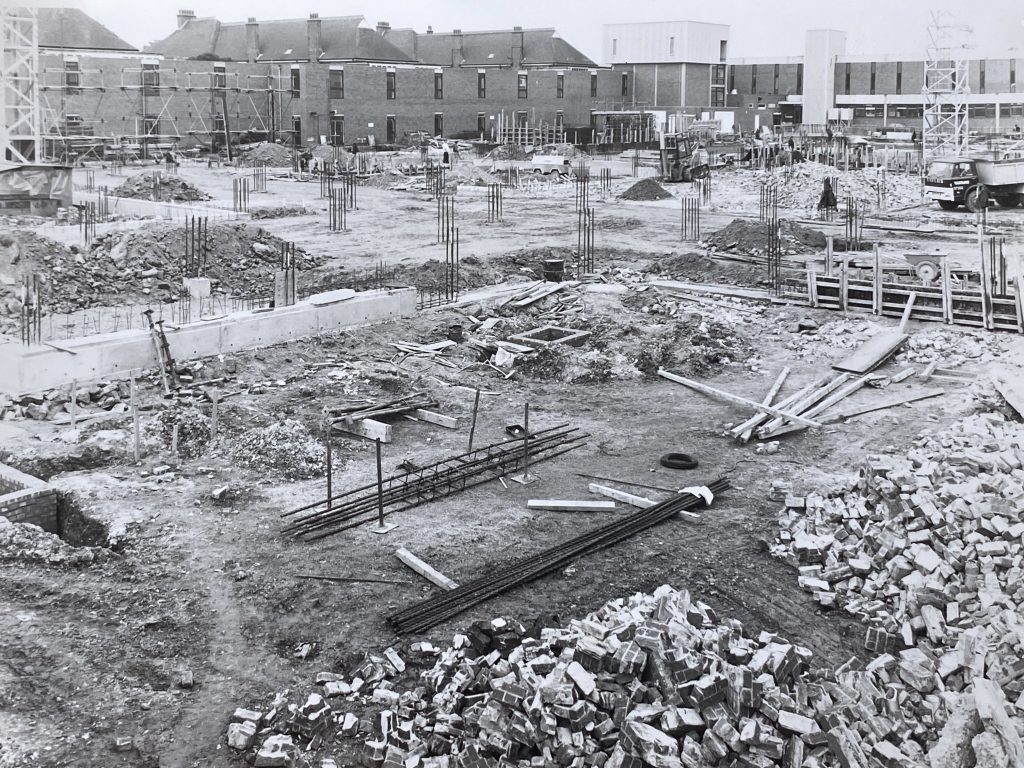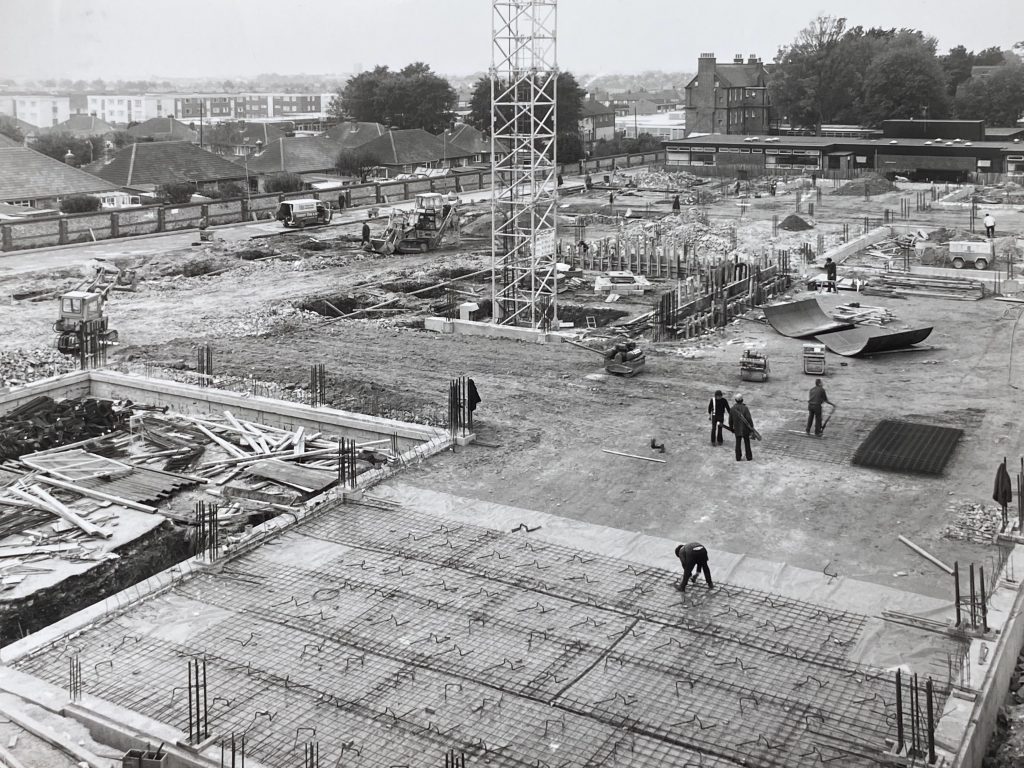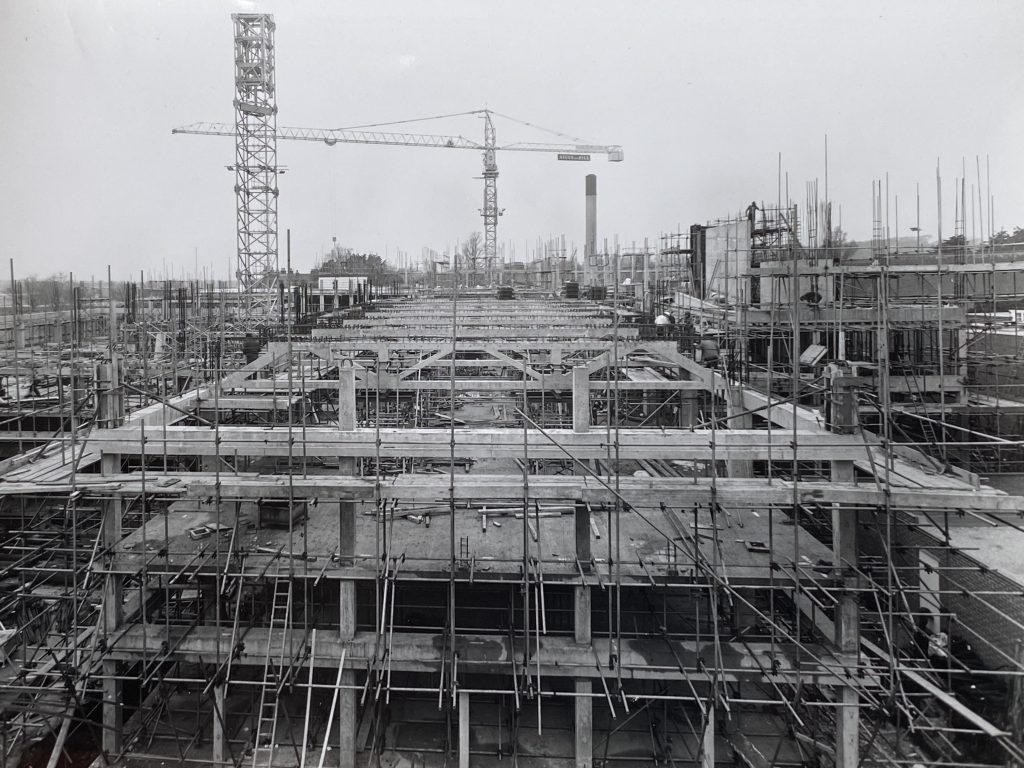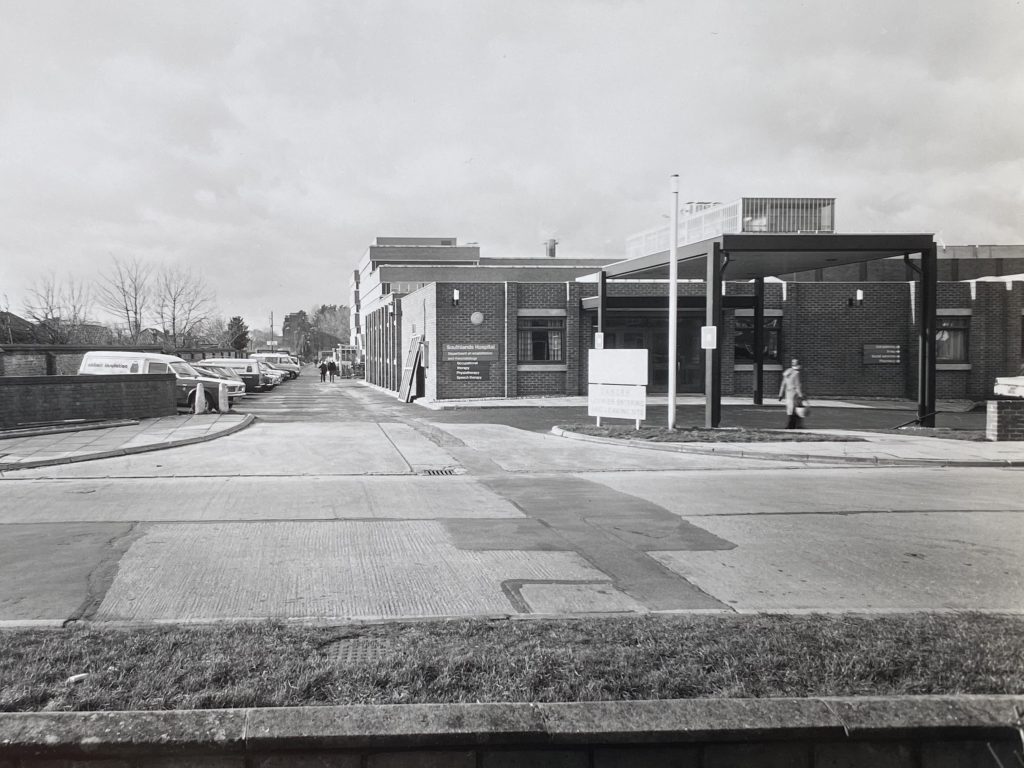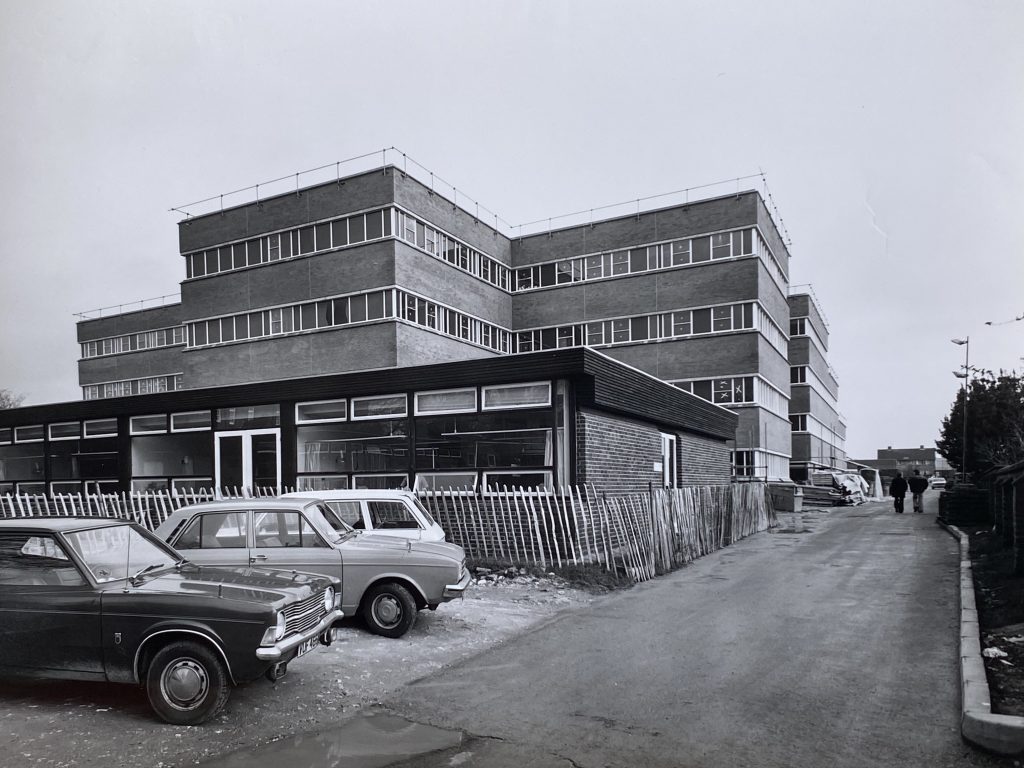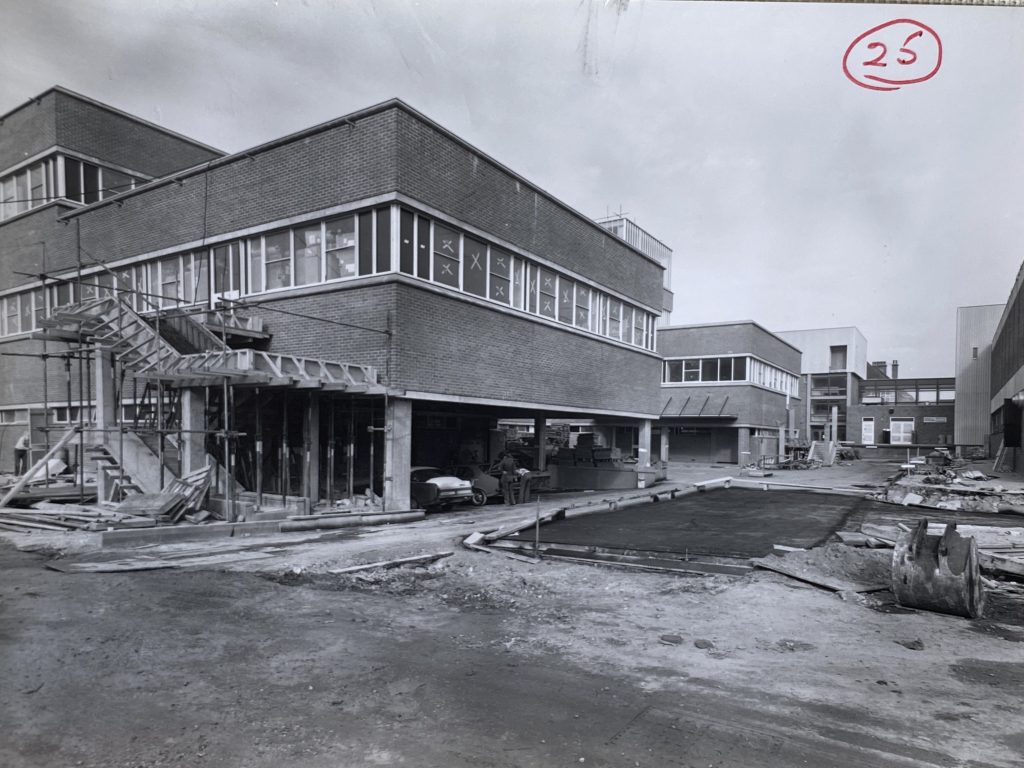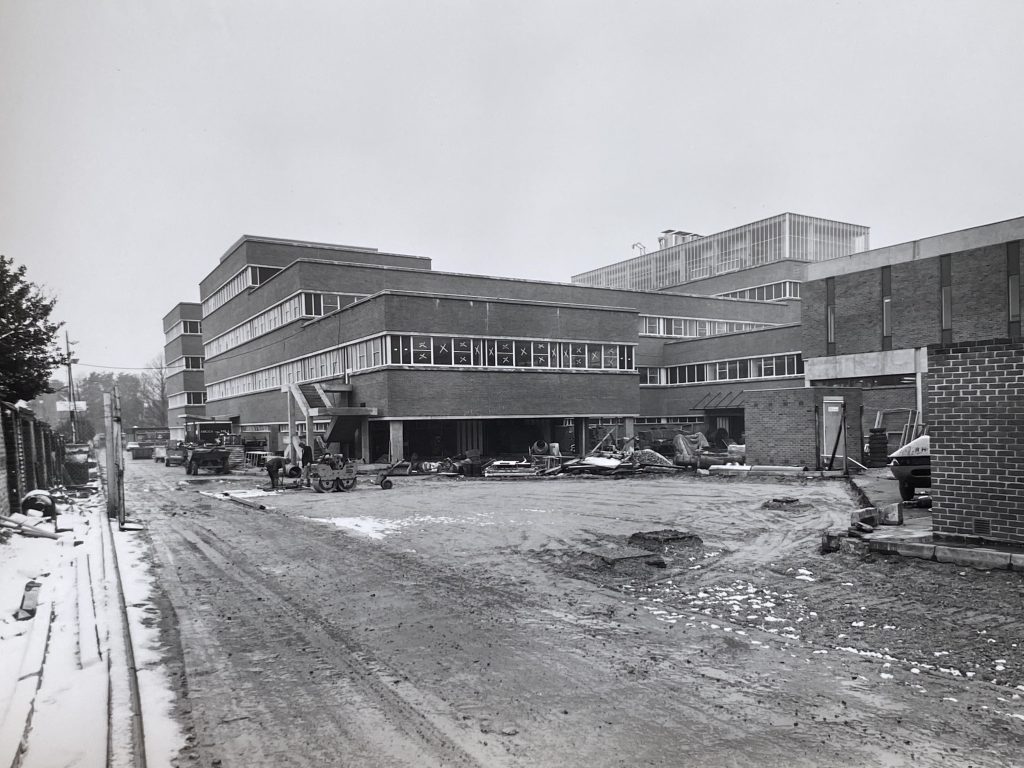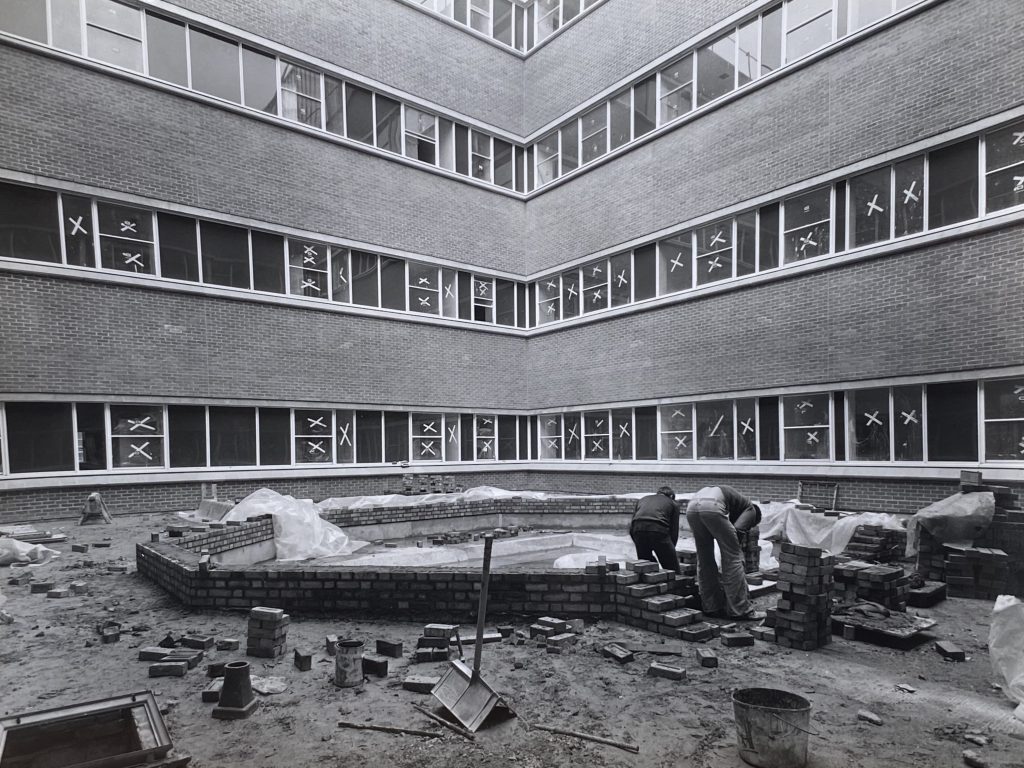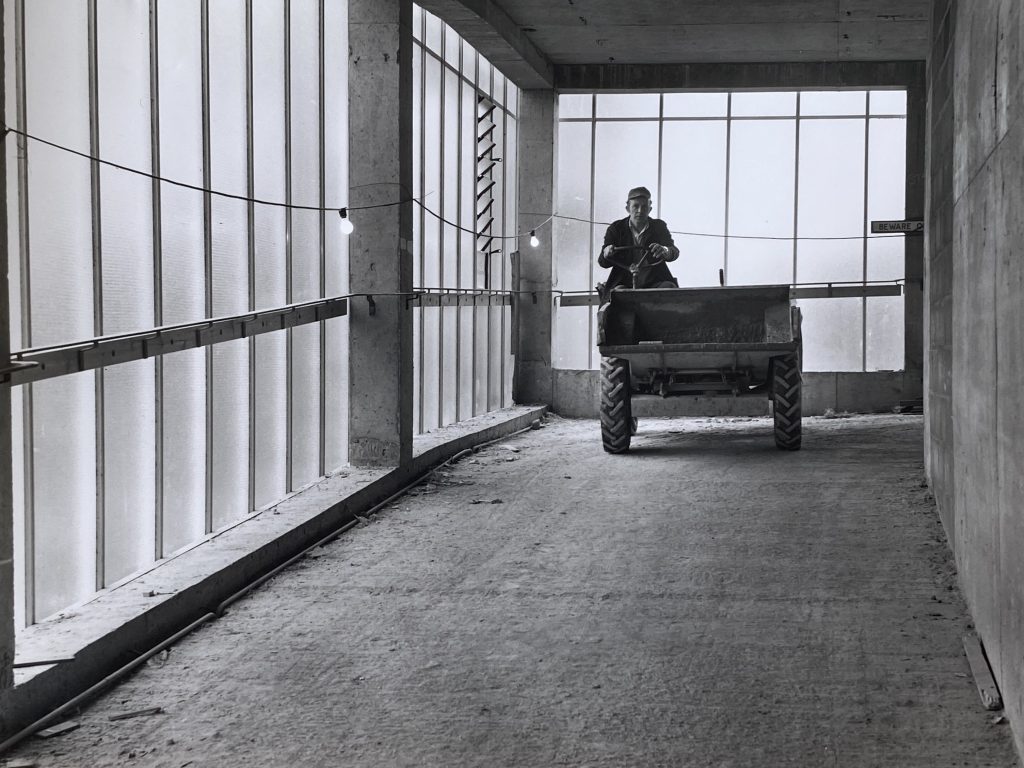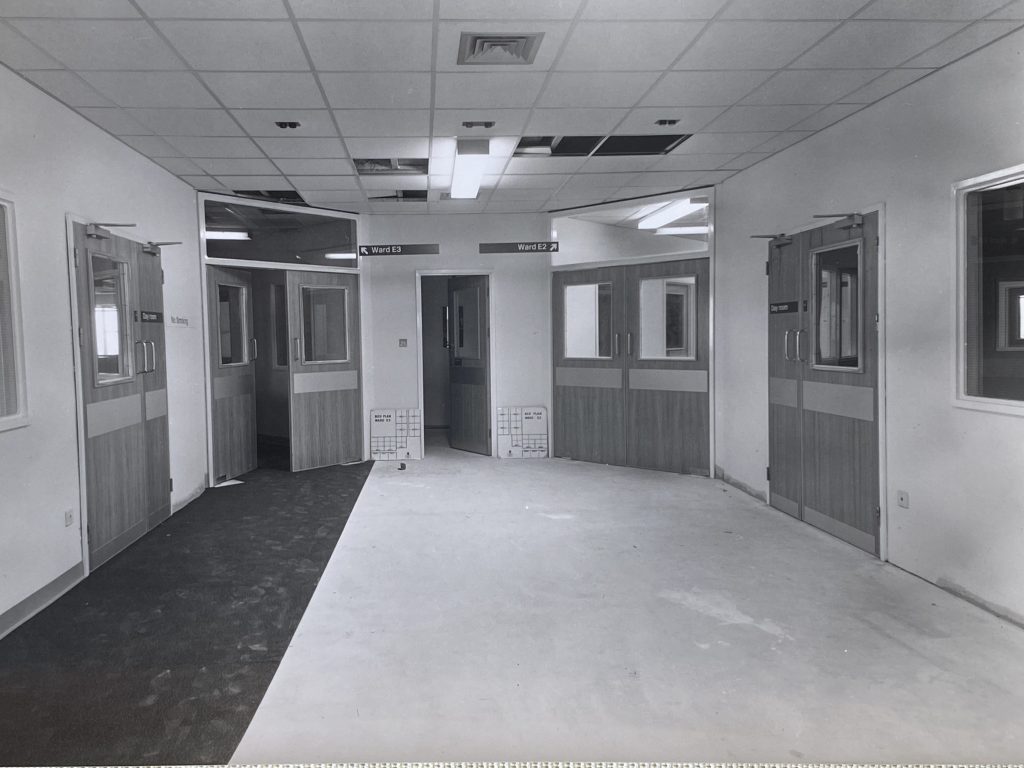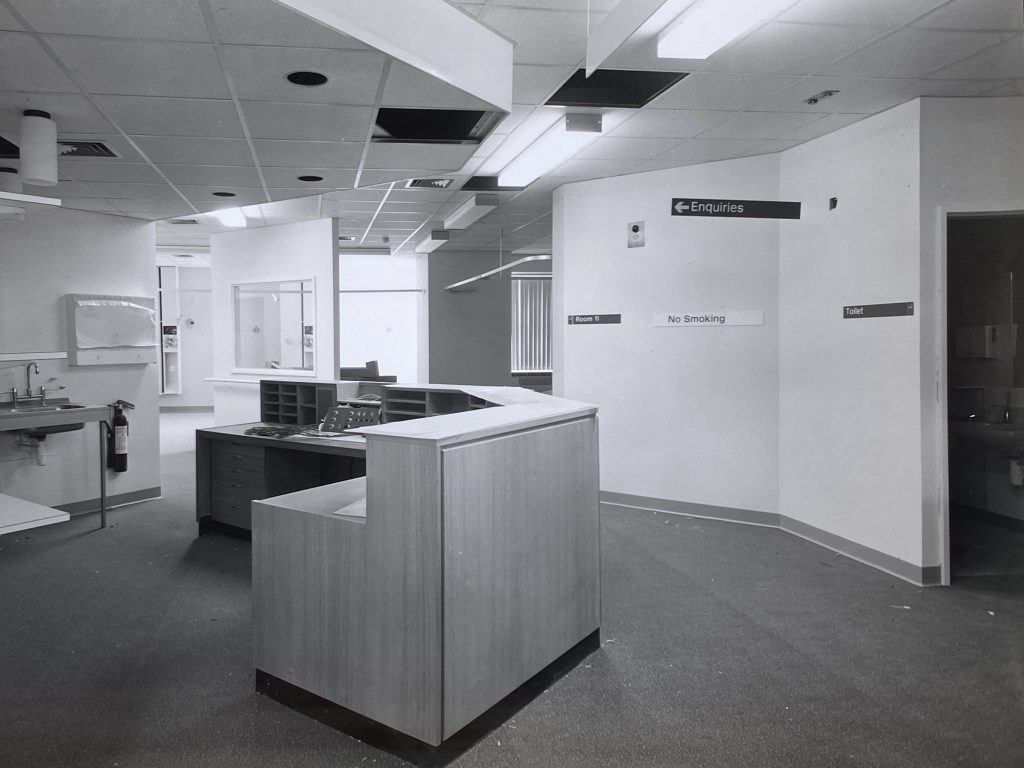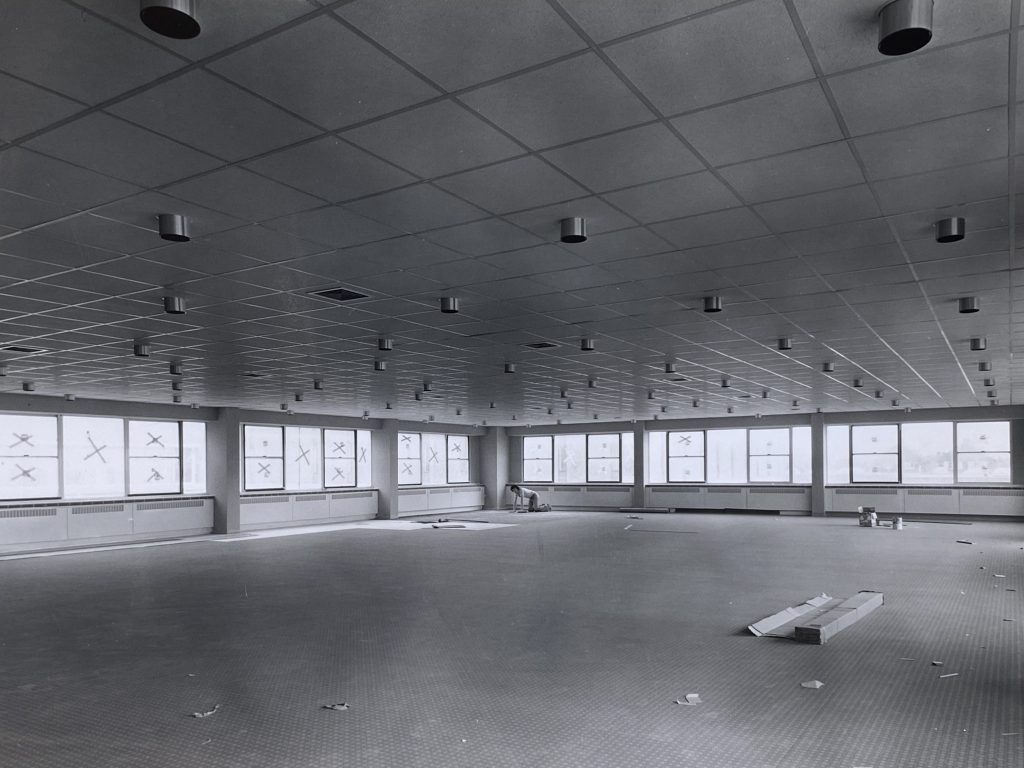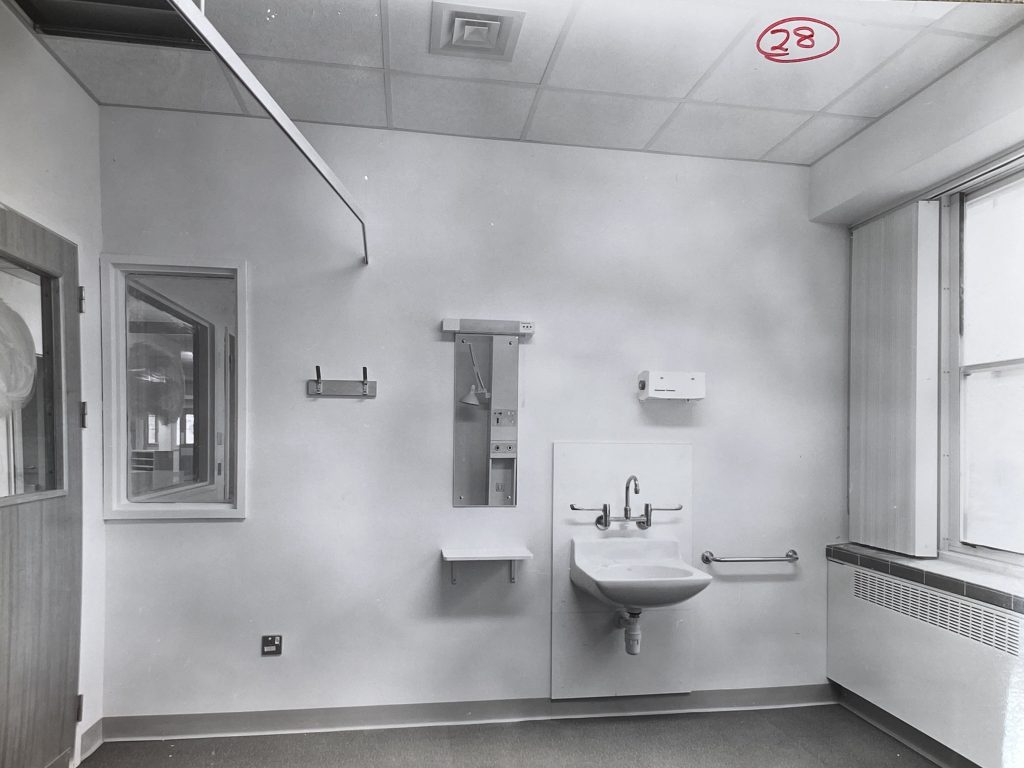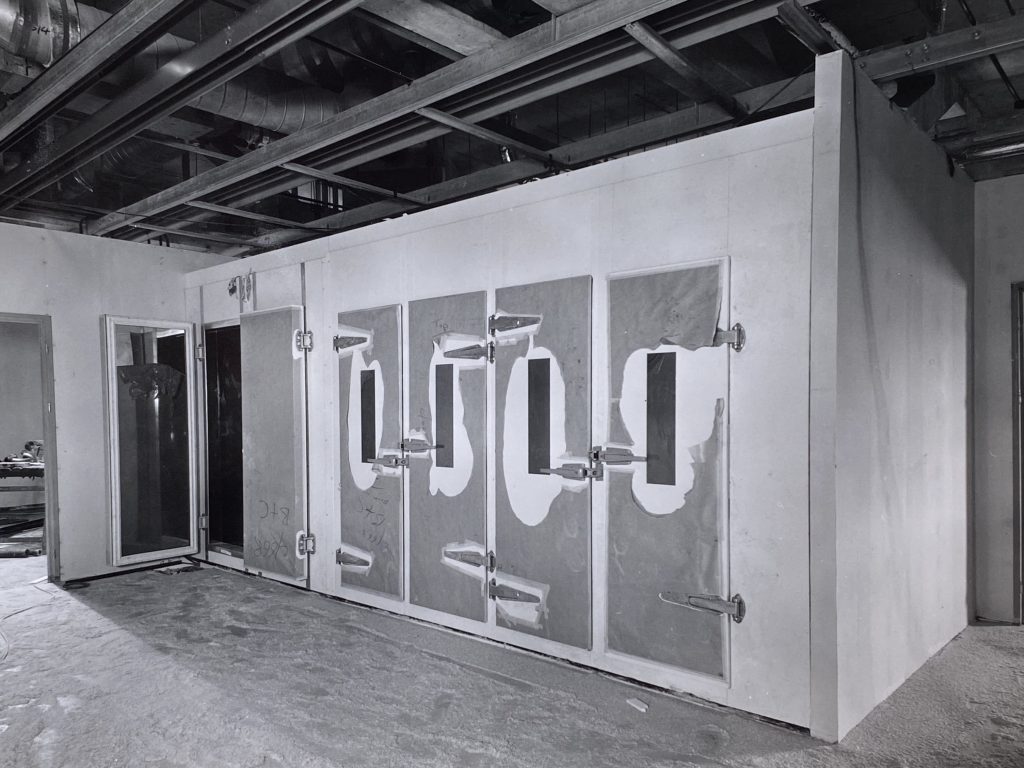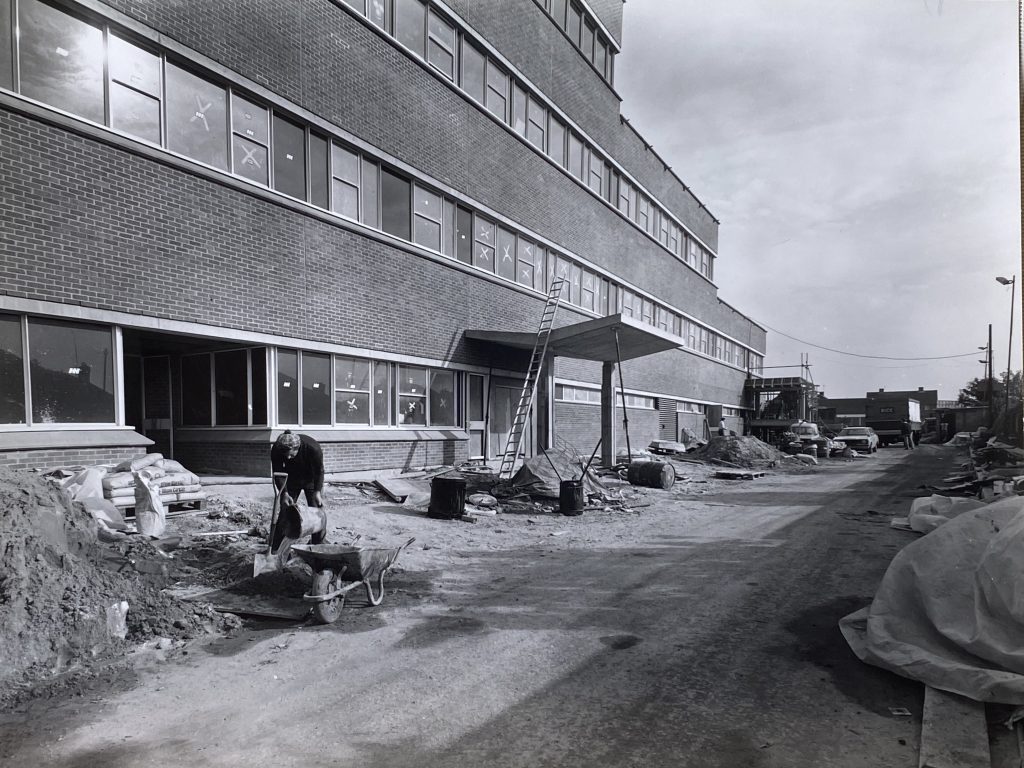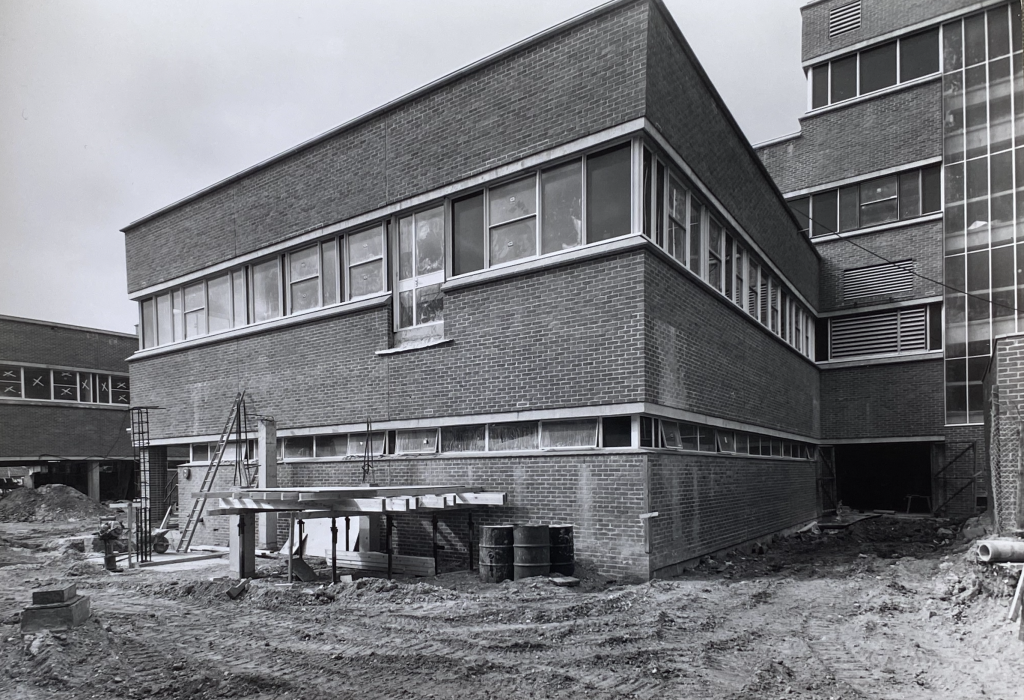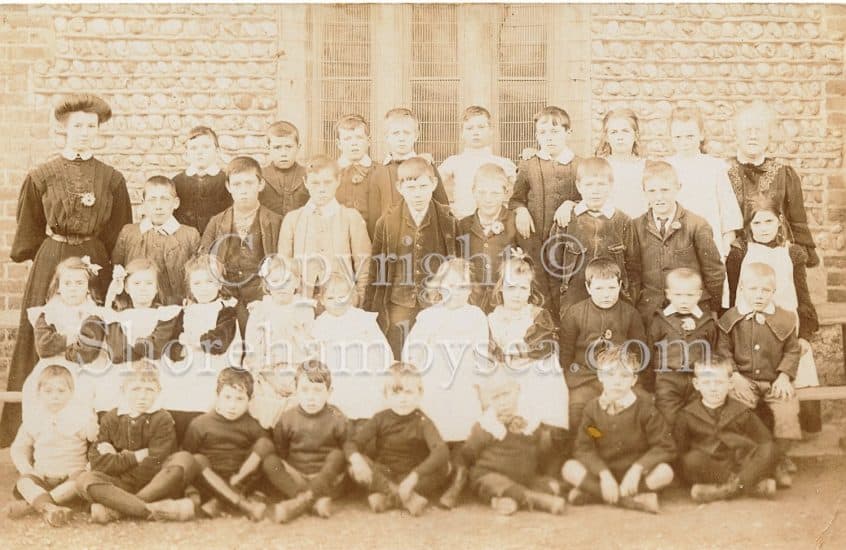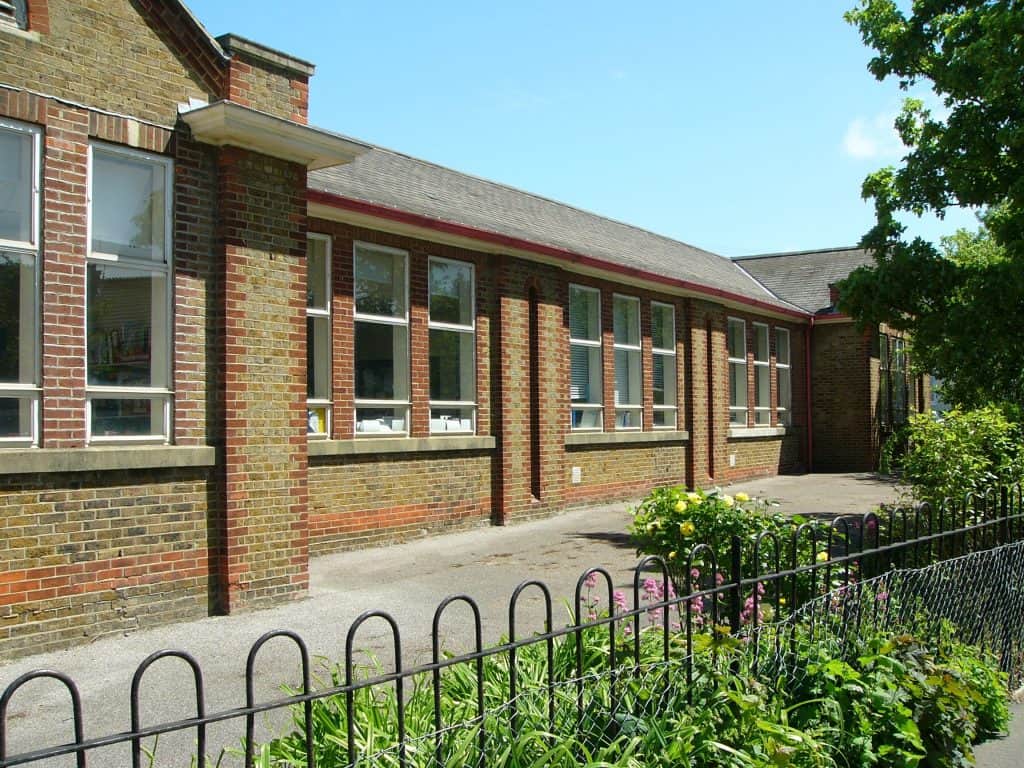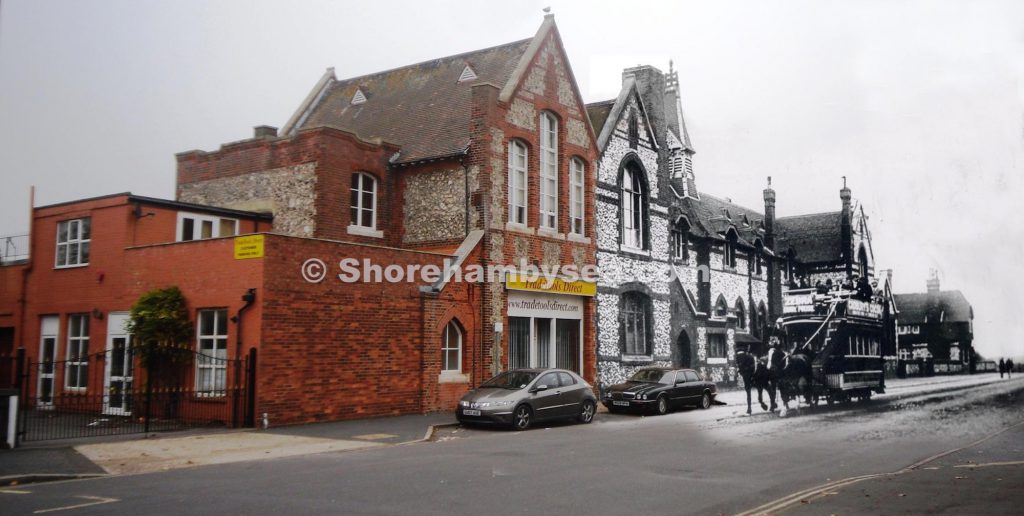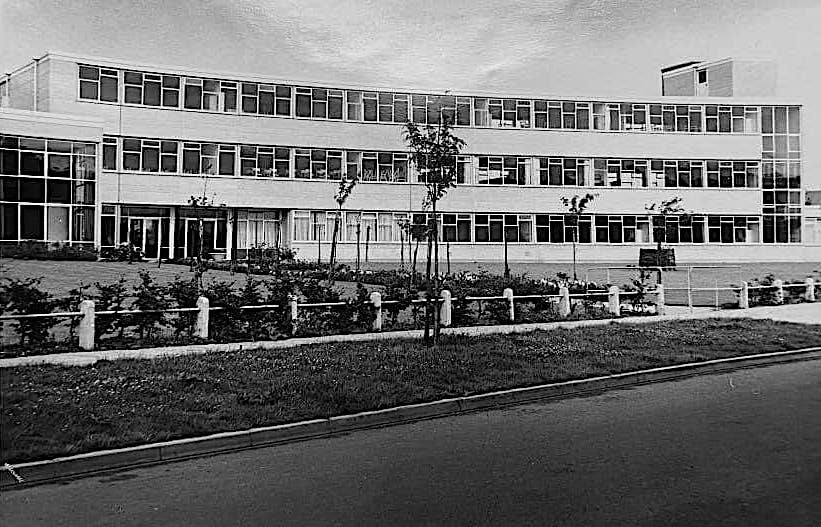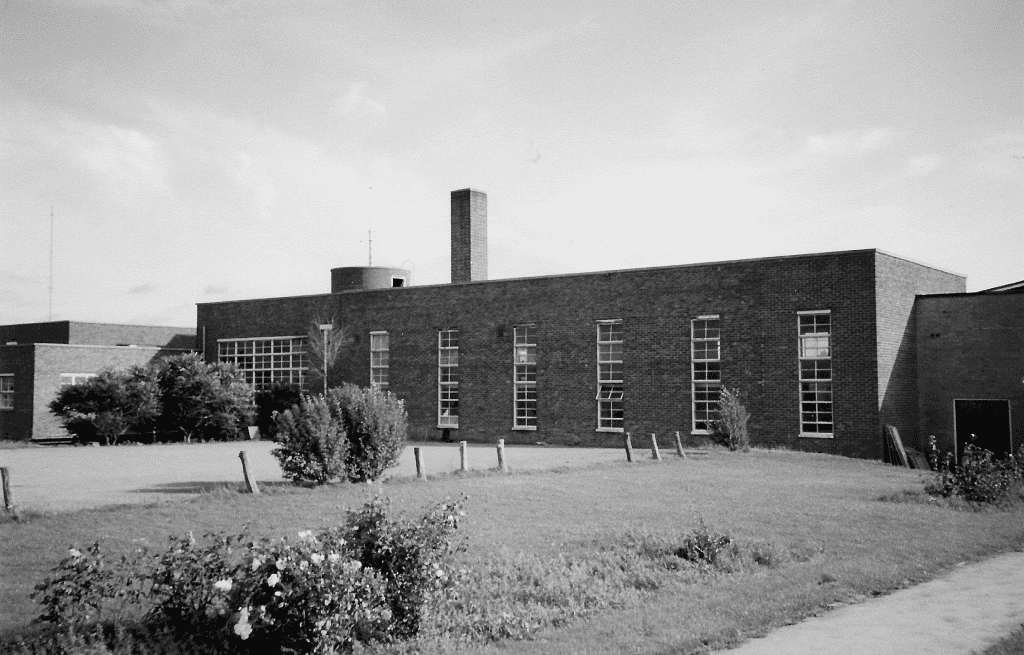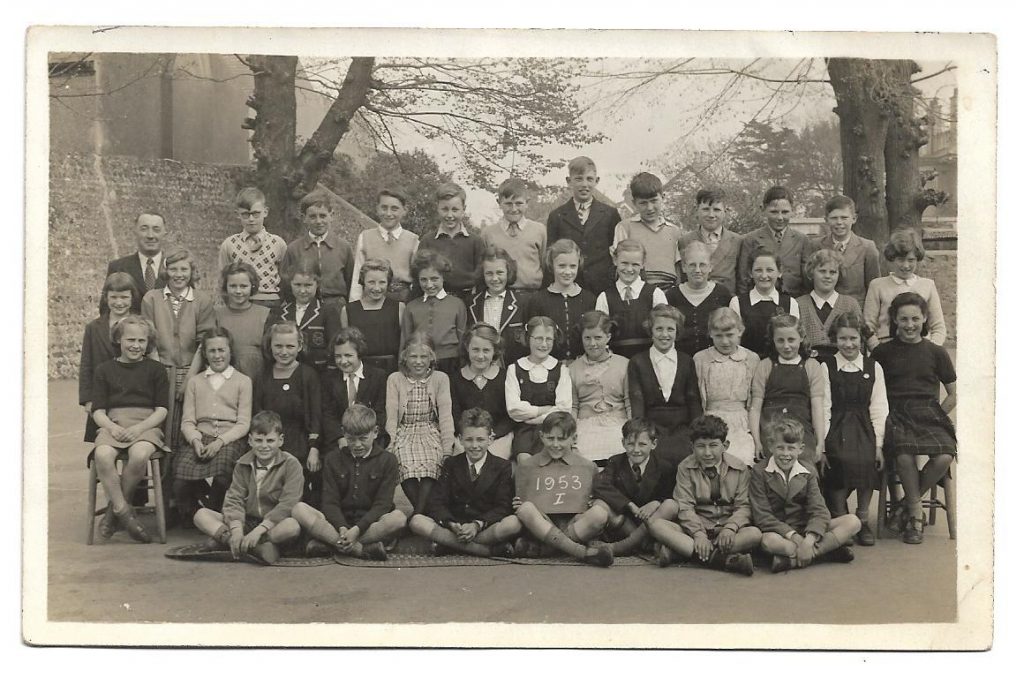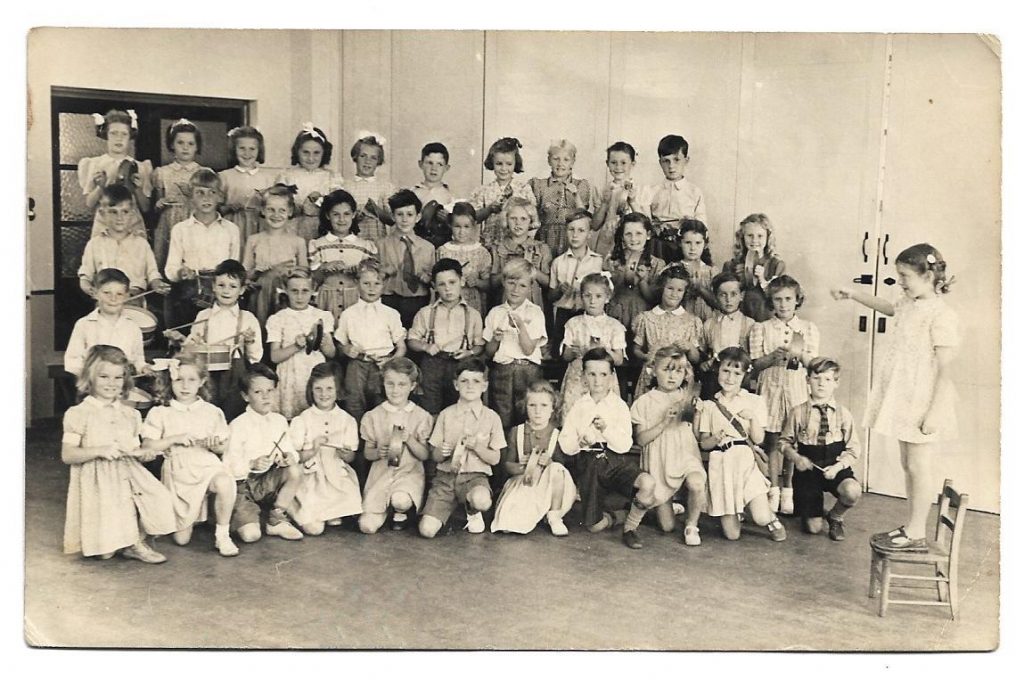A Brief History
The 3rd Shoreham Sea Scout Group was formed in 1919 by William L T Roberts a Cornish seaman who settled in the town at the termination of the First World War. In 1923 he joined the Metropolitan Police, later transferring to the Thames River police. The first recorded Group Scout Leader was Captain C T Keigwin, R.D, R.N.R, F.R.G.S, also a Cornishman, appointed in 1929.
In 1919 the Sea Scouts occupied a small shack situated on the Surry Hard. The shack was originally used by 1st Shoreham Scouts from 1911. During the First World War the number of Scouts dropped and by 1918 the 1st Shoreham Group fell into abeyance. 3rd Shoreham Group took over the building from 1919.
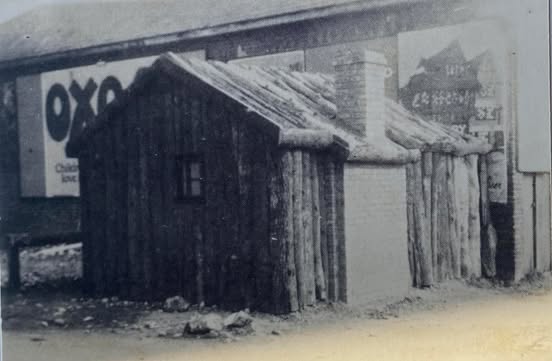
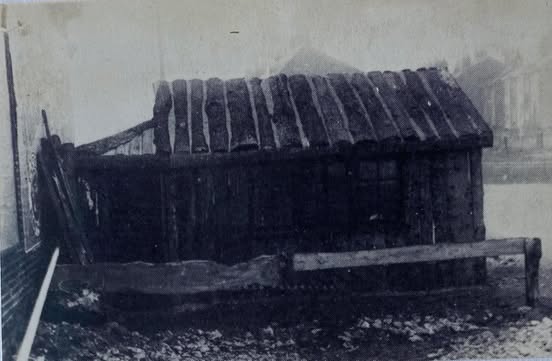
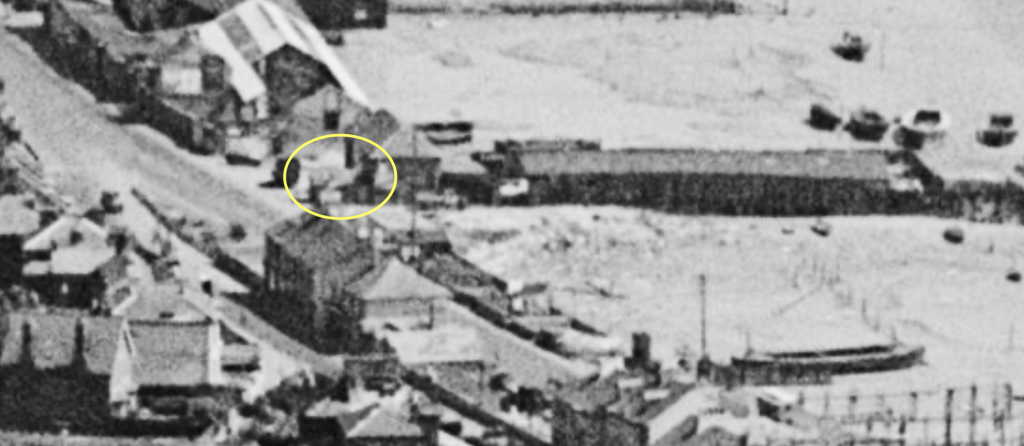
It was in 1939 that the Group adopted the title ‘Sea Scout Ship Terra Nova’ after R.F. Scott’s Terra Nova Expedition, officially known as the British Antarctic Expedition 1910-1913
In 1939 a new HQ was built from a second hand aircraft designers’ building acquired from the now famous F G Miles the British aircraft designer and manufacturer. This was sited in the Shoreham Urban District Council works yard in Ropetackle.
